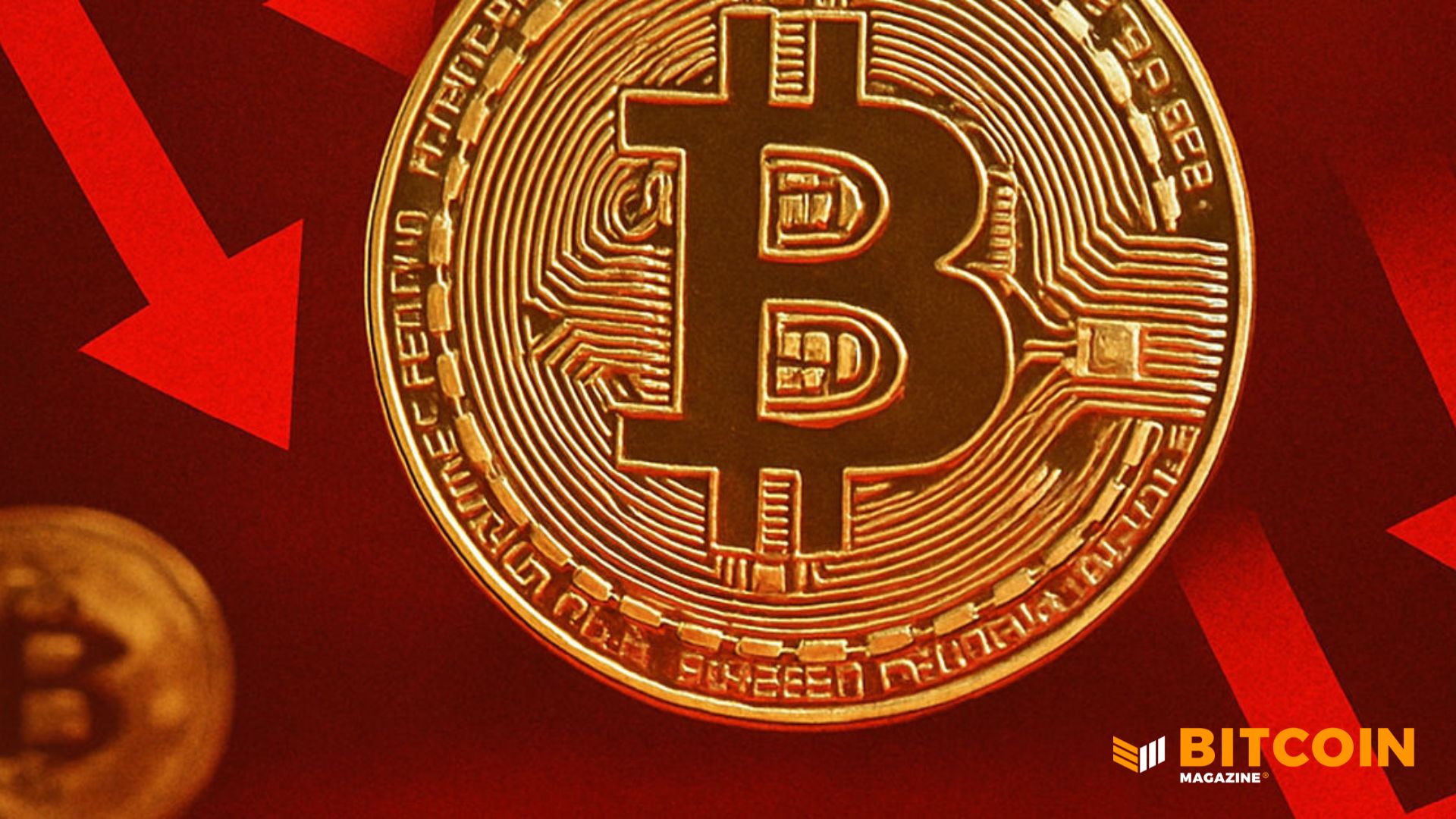For years, Balancer stood as one of DeFi’s most reliable institutions, a protocol that had survived several bear markets, audits, and integrations without scandal.
However, that credibility collapsed on Nov. 3, when the blockchain security firm PeckShield reported that Balancer and several of its forks were under an active exploit spreading across multiple chains.
Within hours, more than $128 million was gone, leaving a trail of drained pools, frozen protocols, and shaken investors.
PeckShield data showed the platform’s protocol on Ethereum suffered the heaviest losses of about $100 million. Berachain followed with $12.9 million, while Arbitrum, Base, and smaller forks such as Sonic, Optimism, and Polygon recorded lower but still significant thefts.

As the drain unfolded, Balancer acknowledged a “potential exploit impacting Balancer v2 pools,” stating that its engineering and security teams were investigating the issue with high priority.
However, the acknowledgment did little to slow withdrawals across integrators and forks.
By the end of the day, DeFiLlama data showed that Balancer’s total value locked (TVL) had decreased by 46% to approximately $422 million from $770 million as of press time.


What happened?
Preliminary forensics from blockchain security firm Phalcon indicated that the attacker targeted Balancer Pool Tokens (BPT), which represent user shares in liquidity pools.
According to the firm, the vulnerability stemmed from how Balancer calculated pool prices during batch swaps. By manipulating that logic, the exploiter distorted the internal price feed, creating an artificial imbalance that let them withdraw tokens before the system corrected itself.


Crypto analyst Adi wrote:
“Improper authorization and callback handling allowed the attacker to bypass safeguards. This enabled unauthorized swaps or balance manipulations across interconnected pools, draining assets in rapid succession (within minutes).”
Meanwhile, Balancer’s composable vault architecture, which is long praised for its flexibility, amplified the damage. Because vaults could reference each other dynamically, the distortion rippled through interconnected pools.
Interestingly, Coinbase’s Conor Grogan pointed out that the attacker’s approach suggested professional sophistication.
Grogan noted that the attacker’s address was initially funded with 100 ETH from Tornado Cash, implying the funds likely originated from earlier exploits.
“People don’t typically park 100 ETH in Tornado Cash for fun,” he wrote, suggesting the transaction pattern reflected an experienced and previously active hacker.
DeFi trust collapse
While the exploit itself was technical, its impact was psychological.
Balancer had long been regarded as a conservative venue for liquidity providers, a place to park assets and earn modest, steady yield. Its longevity, audits, and integrations across leading DeFi platforms fostered the illusion that endurance equaled safety. The Nov. 3 breach destroyed that narrative overnight.
Lefteris Karapetsas, founder of the crypto platform Rotki, called it “a trust collapse” and not just a hack of the DeFi platform.
He decried the fact that:
“A protocol live since 2020, audited and widely used, can still suffer a near-total TVL loss. That’s a red flag for anyone who believes DeFi is ‘stable.’”
That reaction captured the broader sentiment. In a market that prizes self-custody and verifiable code, confidence had quietly replaced trust as the hidden foundation of DeFi.
Balancer’s failure showed that even mathematically sound systems are vulnerable to unforeseen complexity.
Robdog, the pseudonymous developer of Cork Protocol, said:
“Whilst [DeFi] foundations are becoming safer and safer, the sad reality is smart contract risk is all around us.”
Implications for DeFi
The Balancer exploit hit at a delicate point for decentralized finance, shattering a brief period of calm. In October, total losses from hacks dropped to a yearly low of just $18 million, according to PeckShield.
However, with a single incident in November, the figure has already surged past $120 million, making it the third-worst month for DeFi breaches in 2025.


Meanwhile, this attack highlights a fundamental paradox at the heart of DeFi: composability, the feature that enables protocols to connect and build upon one another, also amplifies systemic risk.
When a core protocol like Balancer breaks, the impact ripples instantly through the networks that depend on it.
On Berachain, validators paused block production to prevent contagion. Other protocols followed with temporary suspensions of lending and bridging functions.
These quick reactions limited losses, but they also underscored a broader truth showing that DeFi operates without the coordination mechanisms that steady traditional finance.
In this space, there are no regulators, central banks, or mandated backstops. Instead, crisis management relies heavily on developers and auditors working in tandem, often within minutes, to contain the fallout.
Considering this, Robdog said:
[This is] a good reminder why we need to develop better risk management infrastructure.”
Beyond the immediate technical loss, the damage to trust may be harder to repair.
Each major exploit erodes confidence in DeFi’s promise of self-regulating code. For institutional investors considering exposure to the industry, the repeated failures signal that decentralized markets remain experimental.
Karapetsas noted:
“No serious capital allocates into systems that are this fragile.”
That perception is already shaping policy in major economies globally.
Suhail Kakar, a prominent web3 developer, highlighted a sobering reality in the aftermath of the Balancer exploit: even multiple, high-profile security audits can’t guarantee safety in DeFi.
As he noted, Balancer underwent more than ten audits, with its core vault contract reviewed by several independent firms; yet, the protocol still suffered a major breach.
Kakar’s point highlights a growing sentiment in the industry that “audited by X” is no longer a mark of infallibility; rather, it reflects the inherent complexity and unpredictability of decentralized systems where even well-tested code can harbor unseen vulnerabilities.


Authorities in the United States are developing frameworks that would introduce regulations on DeFi protocols. Industry observers expect the Balancer exploit to accelerate these efforts, as policymakers grapple with the growing risk of continued integration between crypto and the traditional financial industry.










